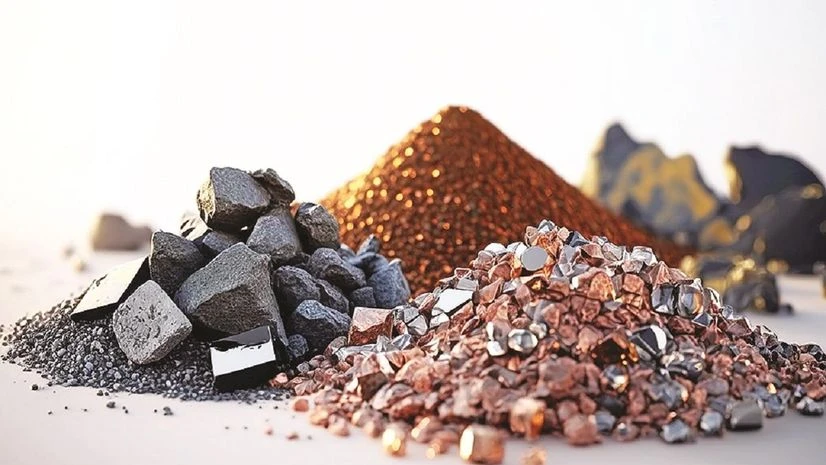In a significant move aimed at enhancing self-sufficiency and ensuring resource sustainability, the Centre will release a comprehensive list of critical minerals on Wednesday in a bid to reduce import dependencies, enhance supply chain resilience, and support the country's net-zero objectives.
Union Minister of Coal, Mines & Parliamentary Affairs Pralhad Joshi will release the ‘Report on Identification of Critical Minerals for India’ in New Delhi, the mines ministry said in a statement.
“The list is designed to identify and prioritise minerals that are essential for various industrial sectors, such as high-tech electronics, telecommunications, transport, and defence,” the ministry said.
According to experts, it is a strategic initiative that reaffirms India’s commitment to strengthen its mineral sector and reduce dependence on imports which often leads to supply chain vulnerabilities and price volatility. Lack of a specific list of critical minerals was also becoming a deterrent towards prioritising the country’s critical mineral needs.
This is the first time that a list of critical minerals for India will be released. “The list will serve as a guiding framework for policy formulation, strategic planning, and investment decisions in the mining sector,” the ministry said.
Also Read
Critical minerals, such as copper, lithium, nickel, cobalt, and rare earth elements (REEs), are key to clean energy technologies as they are needed for the production of wind turbines and solar photovoltaic cells for electric vehicle (EV) batteries and electricity magnets — all witnessing phenomenal growth in demand across the globe. China currently dominates both global concentration of mineral deposits and processing of critical minerals.
According to a government source, the critical minerals list is likely to have more than 40 minerals. Though India did not have an official list, a report by Council on Energy, Environment and Water (CEEW) in its research report ‘Critical Non-Fuel Mineral Resources for India’s Manufacturing Sector: A Vision for 2030’ considered non-fuel critical minerals to be 49, including rare earth minerals.
The study revealed that of these, supply risk would be 100 per cent for 24 minerals and above 50 per cent for 41 minerals by 2030. Antimony, gallium, graphite, nickel, niobium, strontium, lithium, nickel, cobalt, molybdenum, and rare earth metals are some of the critical minerals.
The Ministry of Mines, in collaboration with experts from the geology and mining sectors, has compiled an exhaustive list of critical minerals based on their economic importance and scarcity. These minerals possess significant national security implications, and are essential for driving sustainable economic growth.
Declaration of critical minerals is a dynamic process, and it can evolve over time as new technologies, market dynamics, and geopolitical considerations emerge. Different countries may have their own unique lists of critical minerals based on their specific circumstances and priorities. The US has declared 50 minerals critical in light of their role in national security or economic development. The UK considers 18 minerals critical and Canada 31.
By strategically developing and managing its own mineral resources, India aims to ensure long-term security, mitigate risks, and bolster its industrial competitiveness.

)
